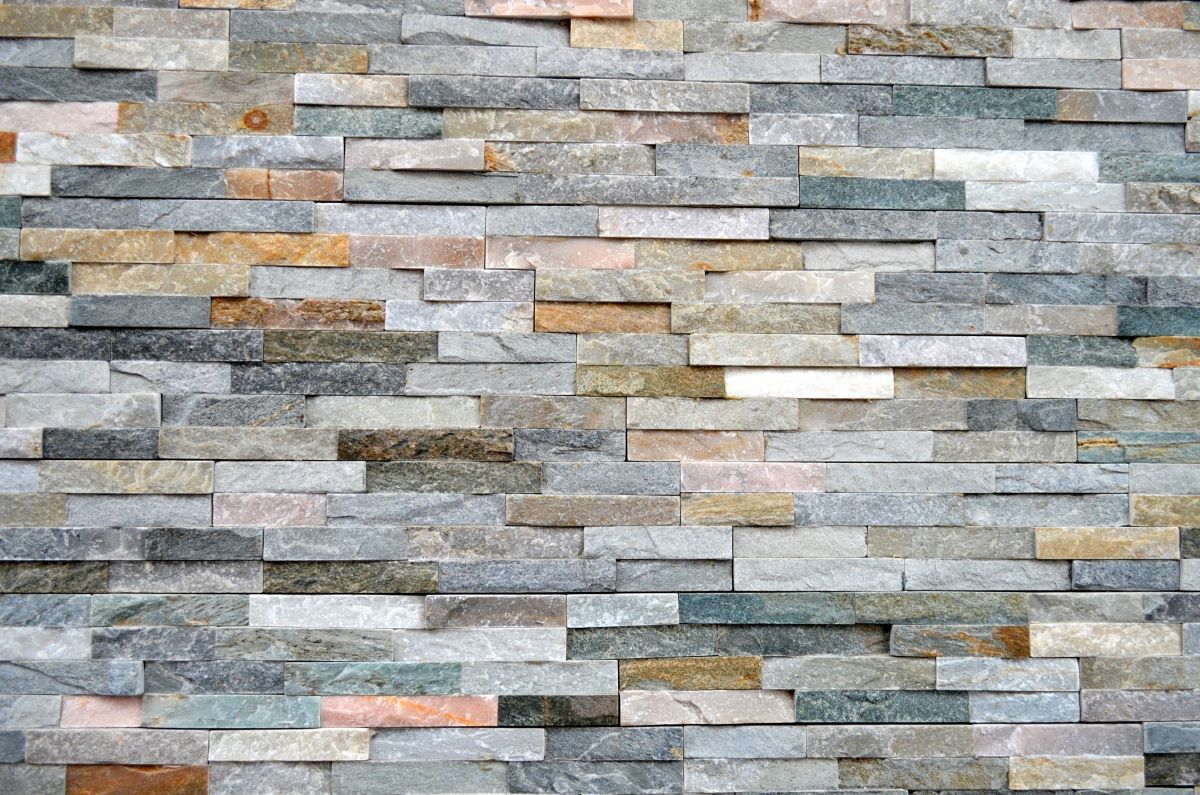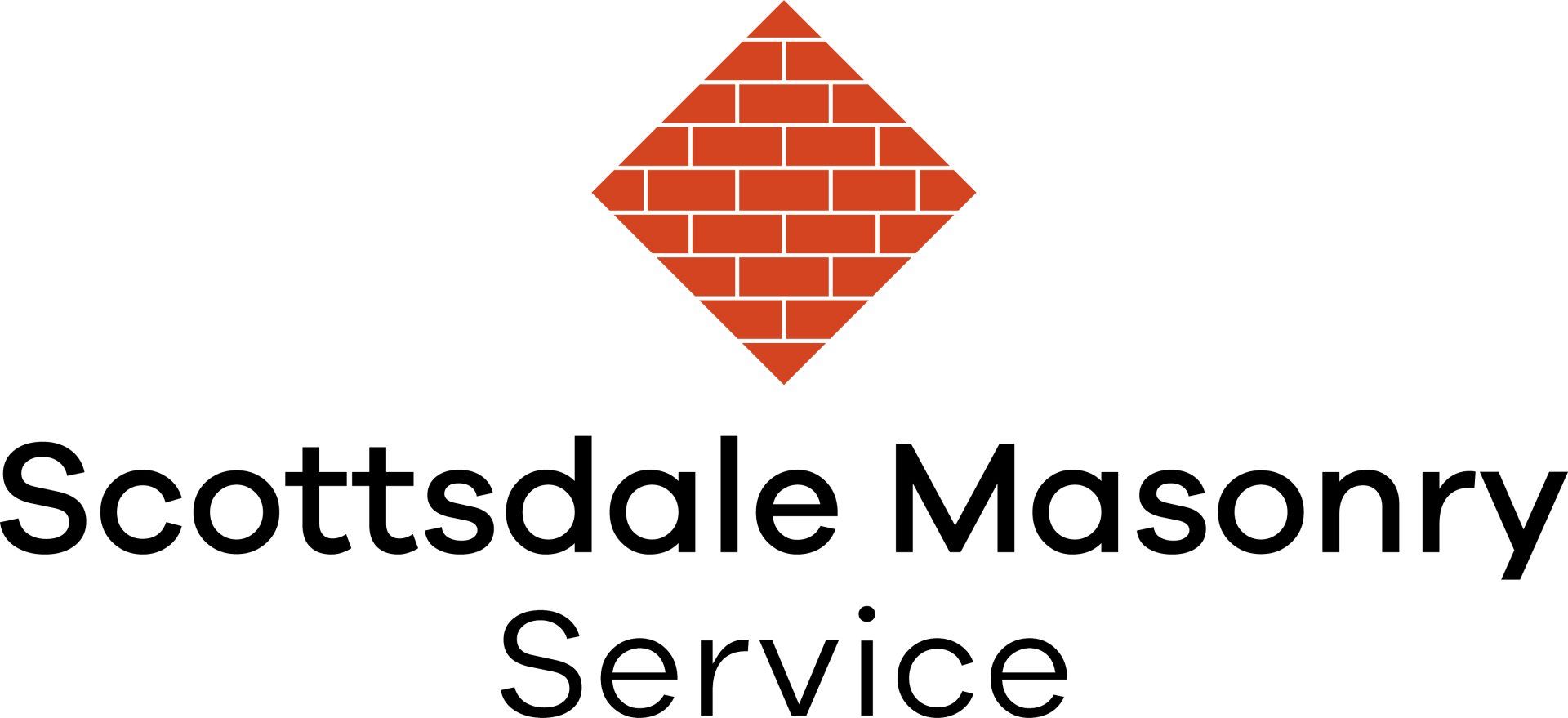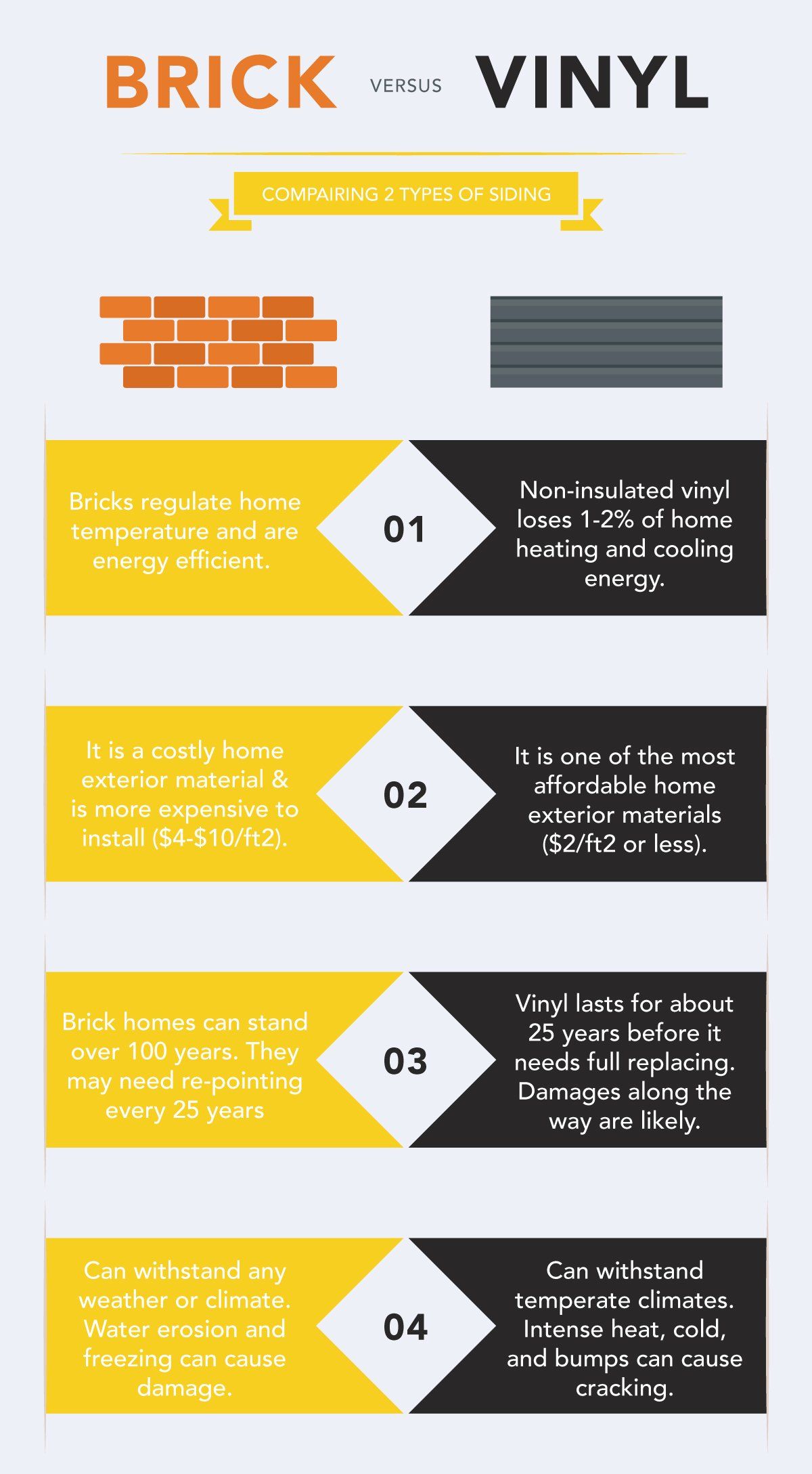Brickwork Installation in Scottsdale AZ

Are you preparing to construct a brand-new home? If so, it's critical that you make sure you've chosen the right brick for the walls of your new home and have engaged a reliable brick installation company, such as Scottsdale Masonry Service. The bricks are more reasonably priced and simpler to install but they need a reasonably straightforward base and support system. Bricks aid in preventing moisture from entering the property. Moreover, the following are some things you need to think about while buying a brick.
Cost
You should give up some covered area to ensure that bricks perform well in areas like beauty and quality.
Layout
The best way to construct it if it is lengthy would be to divide it into several portions. It may include a vertical layer of stone, bricks, or bricks with various textures and colors. If you want to give your house a compact appearance, adding patterns to offset walls with external or interior corners might be a fantastic option. Choose an offset of bricks if you want your house to stand out (bricks that would protrude from the walls either randomly or in patterns).
Community
Checking how well a new home blends into the neighborhood is crucial when choosing brick veneer for the same. If you reside in an area where traditional-styled homes are prevalent, you should choose bricks with deeper red hues and more texture. Sandstone, granite, or fieldstone may also be cautiously used in the building. On the other hand, neutral hues, pink, or white are good choices for modern homes; the bricks utilized in such projects should have a smooth to glazed texture.
Profile, Size, & Weight
Currently, there are many different sizes and profiles of bricks available on the market. From low-profile bricks with delicate wavy textures to high-profile ones with more elaborate designs, you can get it all.
The handling of high-quality veneers is a piece of cake for the staff because they are often slender and light in weight. The time needed for installation is consequently drastically decreased as a result.
Regardless of the style of brick veneer you choose, it is crucial that they are put by masons with extensive experience. Selecting a reputable brick installation team, such as Scottsdale Masonry Service, is crucial in light of this. Masons who are knowledgeable about the best practices for handling different types of veneers will undoubtedly be there since they work for the top company providing
brickwork installation in Scottsdale, AZ. The company you choose should ideally also supply materials. This would boost your chances of hiring masons who have experience working with the specific type of veneer you choose for the project.

Contact Us
The Benefits of Brick
Bricks and mortar are used to bond together to create
brick masonry. Although mud mortar can occasionally be used to build temporary huts, cement or lime mortar is utilized to build permanent constructions. Most brick bonds require that the bricks or other masonry pieces be the same size or at least similar sizes. Bricks or masonry units of the same size produce consistent, repeatable designs that can be used on areas of any size. There are numerous bond patterns that incorporate a technique for connecting each row of bricks to the adjacent courses. Bricks piled in single-file columns have a tendency to fall over when stacked. The bricks are essentially interwoven together if they are placed so that the joints between nearby courses are offset or staggered. Basically, bonds are necessary to reinforce the building and strengthen a mortared wall.
Energy Efficiency
These days, thermal comfort and energy efficiency are such crucial components of the home design that they have taken center stage in the minds of builders and architects. The effective use of thermal mass, which helps regulate internal temperatures, is energy efficiency. This helps to lower your energy costs and significantly affects how comfortable your home is. Cement, clay and concrete roof tiles, and clay and concrete bricks are some of the best building materials. All are high-density and ideal for a house that uses little energy. Lightweight components and construction techniques, however, are typically less effective.
Durability
Bricks are one of the most dependable and long-lasting building materials now in use in Scottsdale, AZ. Brick has endured the test of time all throughout the world for more than 2000 years, almost unchanged. The Great Wall of China and the old Roman aqueducts are very impressive. You simply need to consider how bricks endure the natural forces of nature that annually sweep Scottsdale, including bushfires, cyclones, and winter gales, to understand the power and longevity of brick. Brick virtually ever needs to be cleaned or painted. It doesn't rot, fade, peel, or get dented.
Structural Capability
At the same time that it is modern, creative, and adaptable, brick has a timeless, classic appeal. Additionally, there are more options than ever with the generation of bricks available now. There is a brick for each residence in each neighborhood, town, city, bush, or beach block. Each architectural style can be achieved with a different type of brick, including colonial, coastal beach, country homestead, single or double storeys, and even renovations that mirror the original design. In comparison to earlier times, face bricks are now available in a wider range of hues, textures, and sizes, ranging from bright reds to black and everything in between. Consider using mortar that matches the bricks' hues if you want the appearance of a render without the upkeep. Clay brick is the most durable material and offers the most variety of design options.
Fire Resistance
Clay bricks have been exposed to temperatures of more than 2000º during manufacturing, making them resistant to the ravages of heat and fire. They are therefore more or less resistant to fire damage. They can also be reused, even in load-bearing walls, because they won't lose any structural integrity. Additionally, bricks are not combustible, unlike many alternatives. They won't make a house fireproof, but more significantly, they won't start or spread a fire, which makes them perfect for construction in bushfire-prone locations. Brick installation will provide you peace of mind and ensure a sturdy building to safeguard your investment.
Noise Reduction
You'll value brick's durability and protection when constructing a new home. Children can play cricket with it. Mowing a lawn while leaning a ladder on it is safe. The best part is that bricks make for a quieter home, significantly lowering noise from neighbors, traffic, and airplanes. Additionally, employing brick internally will lessen noise transfer between rooms as compared to lower-weight materials.
The Most Popular Types Of Wall Brick Bonds
Brick walls can be solely aesthetic, like a brick veneer wall, or they can be structural, like load-bearing walls. While decorative walls can employ any bond pattern, structural walls need to have strong structural ties. Let's examine some of the oldest and most widely used brick bonds for walls:
Stretcher Bond / Running Bond
Running bonds are another name for one of the most prevalent brick bonds. This bond is one of the simplest ones utilized today and is very simple to lay. When walls with a half-brick thickness are required, a stretcher bond is appropriate. Stretcher bonds are excellent for building walls with less thickness but are not well suited for standalone structural walls. Be aware that this bond will fail if the wall thickness is greater than 50% of the total brick length used.
Header Bond
The brick's shorter face is called a header. In header bond brick masonry, the header course is where all of the bricks are built. In this bond, the overlap is carried out to equal the bricks' half-width. In alternative courses, the three-quarter brickbats are used as quoins. Brick-thick walls are typically built using this bond.
English Bond
One of the brick bonding that is used in masonry projects the most frequently. This bond consists largely of alternating courses of stretchers and headers. Each alternate row is vertically aligned, and headers are placed centered above the stretchers in the course below. A quoin closer is used at the beginning and end of a wall after the first header to break up the continuousness of vertical joints. A brick that has been sliced in half lengthwise and placed in the corners of brick walls is known as a quoin close. Strong brick-thick walls are mostly built using this kind of bond.
Flemish Bond
Each course for this kind of bond is composed of alternate headers and stretchers. Every alternate course starts with a header in the corner, and each header is centered on a stretcher above and below. In alternate courses next to the header, quoin closers are added to break the vertical joints in the succeeding courses. The Single Flemish Bond and Double Flemish Bond are two distinct subtypes that can be extensively subdivided into this bond. Flemish Bond walls are difficult to build and require more expertise.
Stack Bond
All of the bricks in a stack bond are simply stacked on top of one another and held in place using mortar, with all bonds exactly aligned. Stack bonds are ideal for ornamental reasons due to their weak brick structure and reduced strength. Since this connection is not structural, it cannot be used for walls that must carry transfer loads.
Dutch Bond
Alternating courses of stretchers and headers make up an altered version of the English cross bond. Every stretching course in this configuration of the brick bond starts at a quoin with a 3-quarter bat. A header is placed adjacent to the 3-quarter bat brick at the quoin on each alternate stretching course. This bond is ideal for building sturdy corners along walls that must withstand heavy loads.
Common Bond / American Bond
This bond and the English Bond are extremely similar, except in this bond, courses of headers are placed every five or six courses. Header courses focus on the one that came before them. In essence, this header bond serves as a tie brick between the backing and the frosting. Queen closers are put at both ends of the header courses to achieve a conventional common bond's required offset. Commonly utilized in outside load-bearing walls is the common bond.
Facing Bond
This type of bond is typically used for thick walls when the facing and backing are built using bricks of various thicknesses. This band typically consists of a heading course and several stretching courses that are structured so that the last stretching course occurs after the first heading course. The mismatch between the facing and the overall quantity of joints in the backing causes the load distribution of walls utilizing this bond to be irregular. Additionally, the two wall thicknesses may settle at different rates as a result of this.
Rat Trap Bond
Instead of being built horizontally as is customary, bricks are laid on edge or positioned vertically in this bond. Consequently, the wall develops a cavity (hollow area). By keeping the interiors cooler than the exterior and vice versa, this feature contributes to improved thermal comfort. As a result of the internal cavity, this kind of wall uses less material. In terms of appearance, the Rat Trap Bond resembles the Flemish Bond a lot. This bond's construction requires expert labor and special care.
Diagonal Bond
Ideal for walls with a thickness of two to four bricks. Typically, this bond is introduced every fifth or seventh course along the wall's height. In this bond, the bricks are arranged end to end so that the stretchers are still in contact with the extreme corners of the sequence.
Contact The Most Reputable Masonry in Scottsdale AZ
If you want to enhance your house with things other than plants, masonry is a fantastic choice. Brick landscaping is a fantastic method to accent your front and garden areas. Numerous buildings, including patios, driveways, and pathways, are built for our clients by Scottsdale Masonry Service using brick masonry. Your home will have a lovely, polished appearance with a brick walkway or driveway! To make sure that your new brick patio is of the highest quality possible, we only utilize the best masonry supplies and equipment. These landscaping suggestions will adorn your lovely brick home beautifully and add to the attractiveness of your neighborhood.
Your personalized brick patterns will still look amazing even if the brick isn't used throughout the entire house. Scottsdale Masonry Service is a full-service masonry business in Scottsdale, Arizona. Thanks to our highly qualified staff, we can provide both commercial and residential customers with market-leading masonry services. By delivering the greatest level of quality on each and every project we do, we are committed to developing long-term partnerships with our clients. Scottsdale Masonry Service has created a name for itself in the business thanks to its reputation for client satisfaction in Scottsdale, AZ. For a free estimate, give us a call now.

